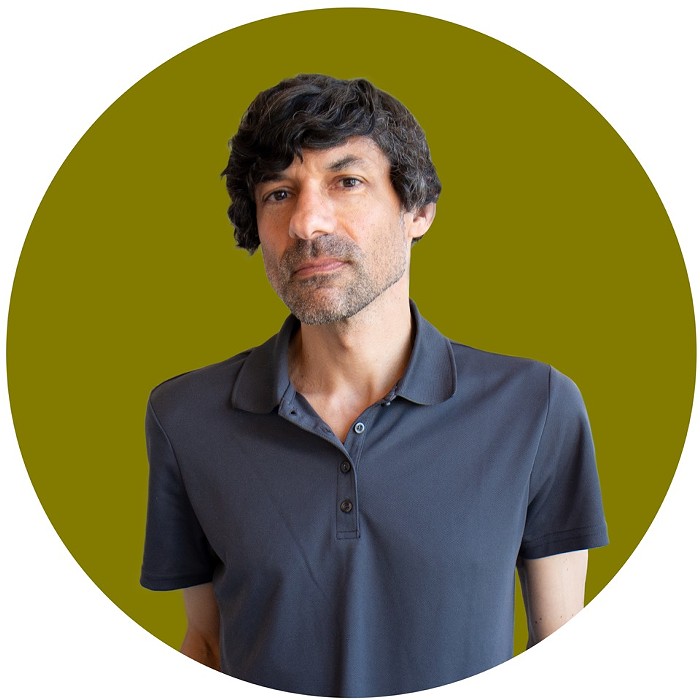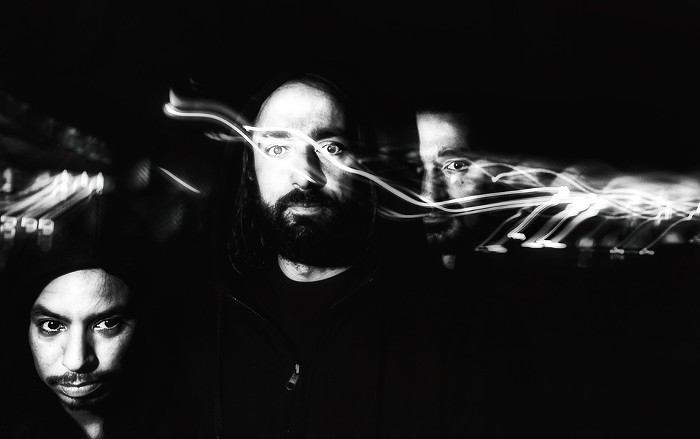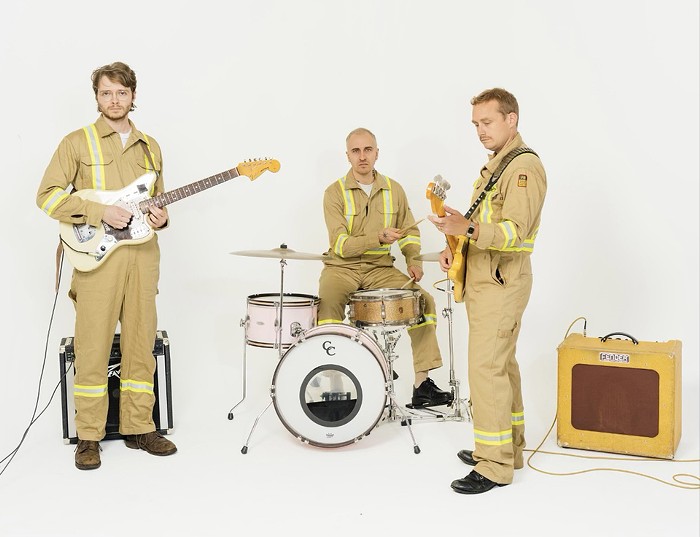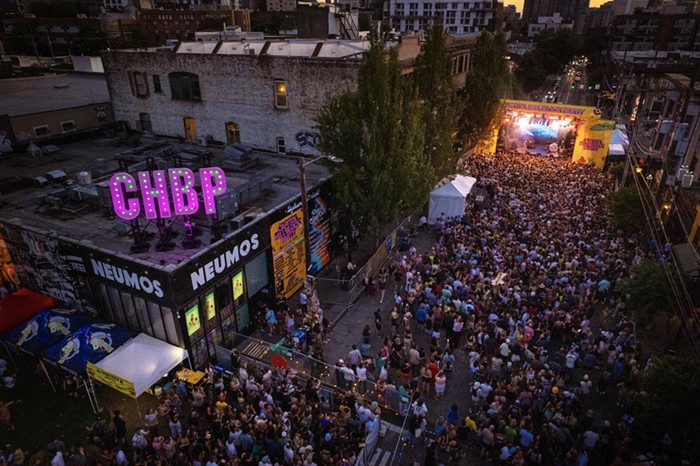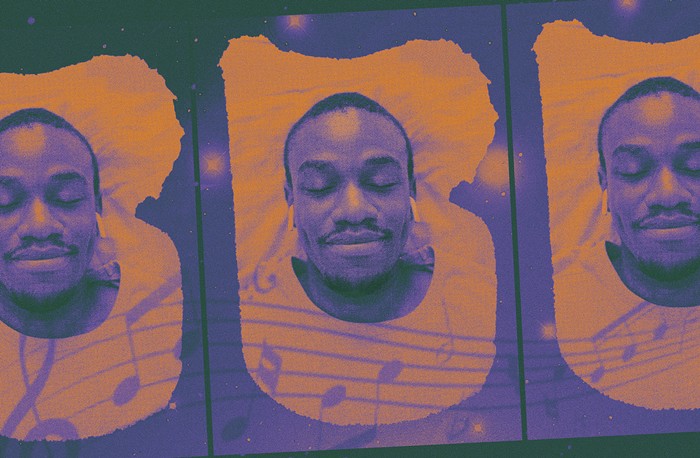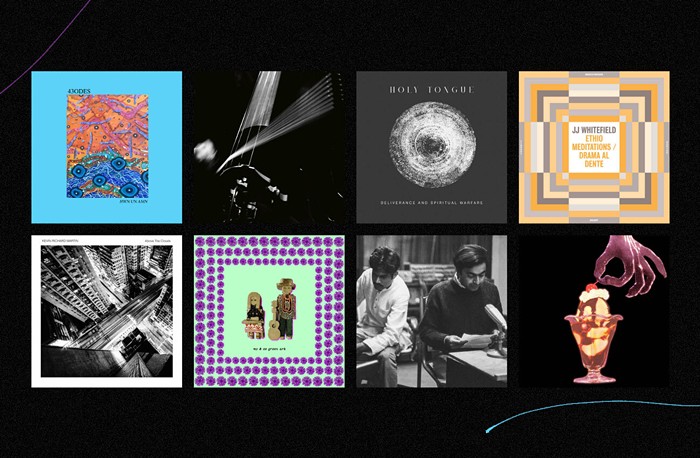No, Never!
(Good to Die)
![]()
![]()
![]()
![]()
Sometimes you gotta cut the bullshit. Or as Deadkill guitarist Michael Stubz says in the album's press release, ya gotta "trim the fat." There's not a lick of blubber on this lean, mean sirloin steak of an album—it's bloody and raw, and you should punch yourself in the chest before you take the first bite. Start with song "Party Fight" and just try to resist the urge to clench your fist and bash it toward the sky in furious solidarity. Then listen to "Ghost Out" and reminisce about the razor-sharpness of all those early Black Flag songs the very first time you heard them. Deadkill bring the meaty hardcore but don't overcook it or play copycat. Recorded by Matt Bayles (Sandrider, Botch, Murder City Devils, Mastodon) at Red Room Recording, Deadkill prove that they're not just a ferocious local live act (who've shared the stage with modern punks like OFF!, White Lung, and the Spits). No, Never! makes a valiant effort to capture the savage energy of Deadkill's live shows, and it succeeds. To quote Stubz again, "Share it with your friends and your enemies." KELLY O
RSE GLD
(Self-released)
![]()
![]()
![]()
![]()
While listening to a local rapper (talented or otherwise) for the first time, it's not unusual to find myself feeling that there's no real justification for me to ever hear their rhymes again. My feeling is that they are rapping because it's one of the tried-and-true roads to fame. But I'm not always a purist. I think desiring fame is not always a bad thing. But what is often lacking in these raps is any sense of giving—all you hear and feel is the rapper's need for your attention, your support, your commitment, your "likes" on social networks.
I bring this up because I recently listened to a local rapper who made me feel like he was not wasting my time, he actually has something to say, and, most importantly, he gives far more than he takes. This rapper is Porter Ray, he is based in the Central District, and the album by which I entered his vivid, richly detailed, and intelligently articulated world is RSE GLD—it was released in October 2013, five months after Ray released his debut album, BLK GLD. The beats on RSE GLD are not loud and polished, but low and soulful, and there is a good reason for this. The star of this album is not the production but the rapper, who rightly needs the beats to be in the background and his skillful rhymes at the very front of the stage. Ray does not waste a line, nor does he waste your time. CHARLES MUDEDE
Neon Dream
(Neon Sigh)
![]()
![]()
![]()
![]()
Named after a song by Sonic Boom's post–Spacemen 3 group Spectrum, Seattle label Neon Sigh has been fostering and rejuvenating shoegaze rock since 2012. Run by Chris Bendix, the imprint put up the eight-song Neon Dream compilation on Bandcamp last month, and it's loaded with homegrown and national FX-pedal-hopping goodness. Locals Black Nite Crash kick it off with instantly beguiling cascades of sugar-fuzzed guitars whose riffs sound like a faster, inside-out homage to those from "Found Love" by the Darkside (another Spacemen 3 offshoot). Seattle's Tokyoidaho deliver the most serpentine and psychedelic jam here with "Deep Cushions," which is as lost in the void as Loop and early Verve. Multinational unit House of Light play urgent, heroic rock in the psych-aspirational vein of Echo & the Bunnymen and the Church. Chicago-based Astrobrite—led by lovesliescrushing's Scott Cortez—erect enwombing swirls of guitar ectoplasm and barely audible, sibilant male vocals that you'll love(less). Seattle psychonauts Jetman Jet Team place an exclamation point on the collection with "Rainbow Party," a molasses-motorik, heat-haze-shimmer guitar orgy that blossoms into a mushroom cloud of bliss. Solid tracks by Soft Shadows, Dead Leaf Echo, and Golden Gardens complete this halo-bending overview of Neon Sigh's dream-pop kingdom. DAVE SEGAL
Bermuda's Split
(Halfshell Records)
![]()
![]()
![]()
![]()
![]()
Bermuda's Split is a cassette compilation comprising music by three young musicians who met in the Boy Scouts, which may help explain the sounds these fellows tend toward: crisp and airy soundscapes, campfire-worthy sing-alongs, and plenty of tambourine.
The first third of the tape alternates tracks by Mike Preuss and Hairysun (the project of Daniel Onufer, lead howler of local psychonauts Swamp Meat). Preuss's two tracks boast a honeydewed take on the freaky folk Devendra Banhart's made a career of, and it's surprising "Crows Companion" hasn't permeated KEXP's airwaves, with its '60s-kissed bounce of jaunty acoustic guitars, rollicking drums, and a hook worthy of everyone who wishes they were someplace else. Hairysun's epic, eight-minute "Trash Island" throws in angelic backing vocals, gentle feedback, and a goofy little woodwind riff, and it is one of Onufer's most ambitious psych-outs to date.
The majority of the tape, however, is given over to NOKAYNIC, whose "New Name" and "Clamtown" broadcast a shaggy poet/surf punk aesthetic that's appealingly ramshackle. The whole thing coheres nicely, with headphones-worthy production throughout—peep the ghoul-train sounds on the existential ballad "Cape Disappointment." If I were Anna Minard, I would give this a "grow your hair out for the winter" out of 10. KYLE FLECK
Soundtracks for Takeshi Murata
(Glistening Examples)
![]()
![]()
![]()
![]()
![]()
Robert Beatty deals in bold, exquisitely detailed extremes as a painter, video artist, and musician. His work in these disciplines shames most of his contemporaries. Check out surrealist covers he's done for Midday Veil and his own Three Legged Race recording project. Also a member of noise sculptors Hair Police, Beatty finally issues a full-length under his own name. Somewhat similar to TLR's excellent sci-fi-tronica LP Persuasive Barrier, the five pieces on Soundtracks for Takeshi Murata augmented the titular figure's digital videos in shows in major American cities and Beijing. "Cone Eater" starts with a cataclysmic cacophony of panic-inducing synth ripples and ascending, shrieking tonalities. Welcome to your best interstellar nightmare soundtrack. "Untitled (Silver)" is as subliminally eerie as anything Goblin dreamed up for Italian horror-film maestro Dario Argento. Murky, aquatic textures burble below an array of infernal atmospheric oddities. Unbelievably, "Escape Spirit Videoslime" out-creeps the creepiest material from Aphex Twin's Selected Ambient Works Volume II. The album peaks on the 20-minute "Untitled (Pink Dot)," animated by a seesawing, warped-calliope motif that could've scored that Twilight Zone episode that was too bizarre to be aired. The intensity and paranoia intensify with Edgar A. Poe–like ineluctability as the music teeters between hypnosis and OCD madness. A superior and, I suspect, alien intelligence powers these Soundtracks. DAVE SEGAL
![]()
![]()
![]()
![]()
![]() VODKA
VODKA
![]()
![]()
![]()
![]() WHISKEY
WHISKEY
![]()
![]()
![]() RUM
RUM
![]()
![]() SCHNAPPS
SCHNAPPS
![]() PEACH SCHNAPPS
PEACH SCHNAPPS


